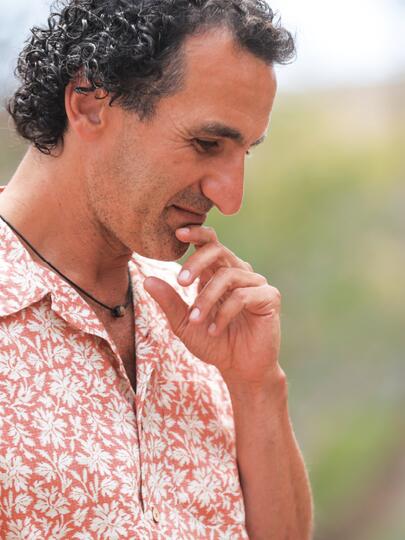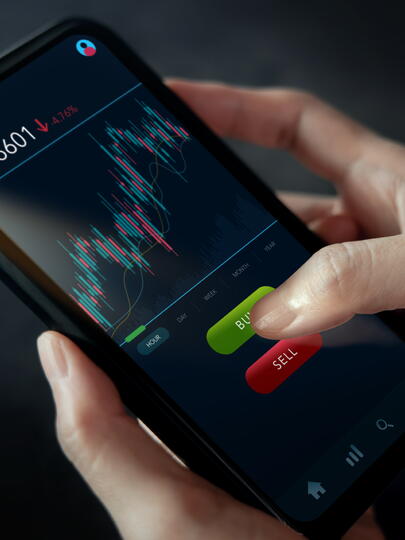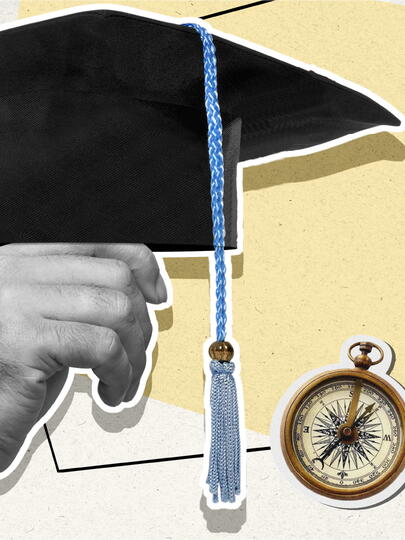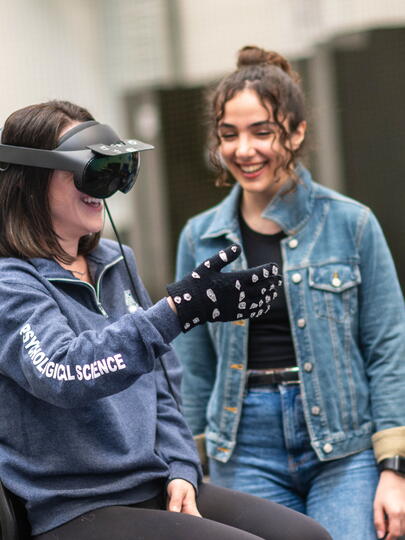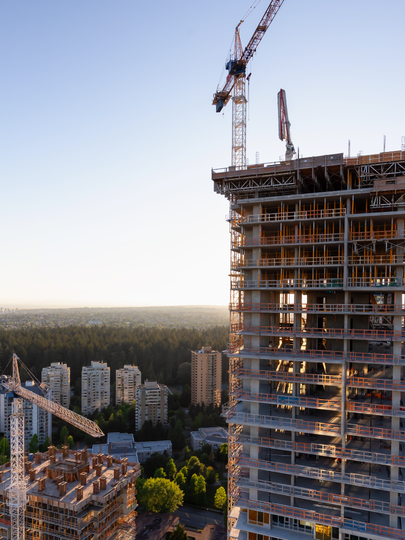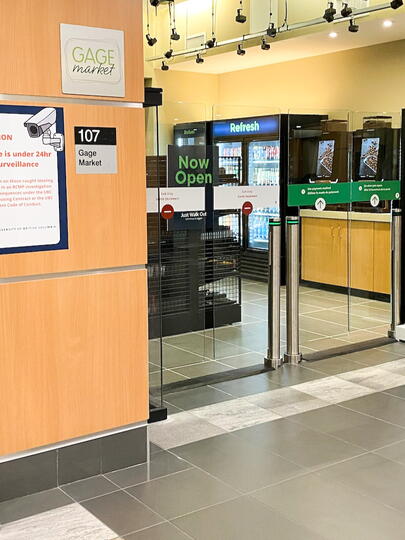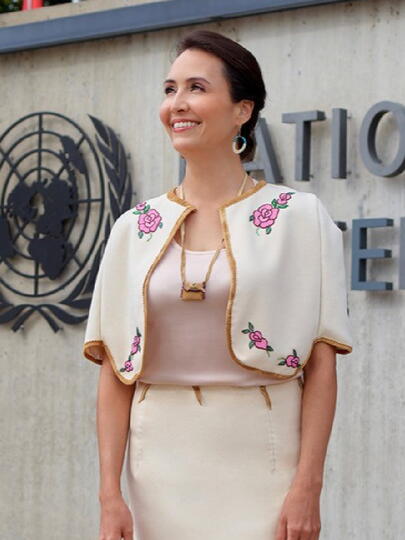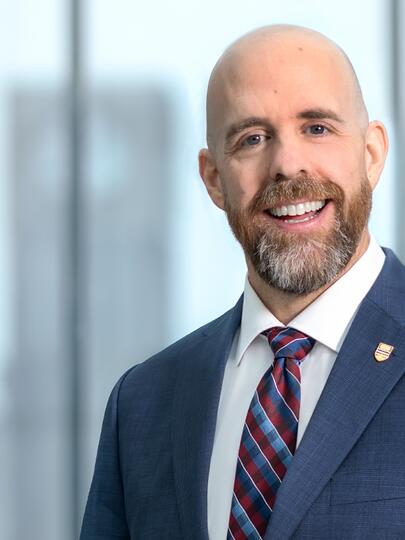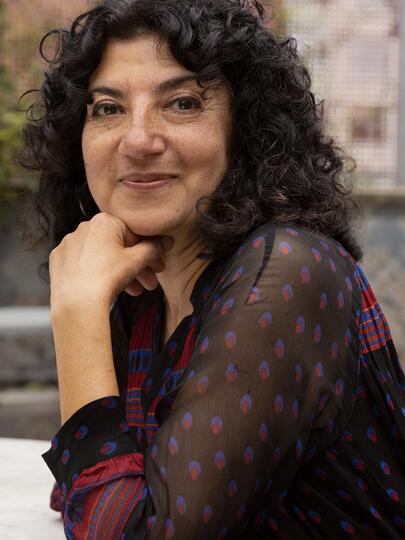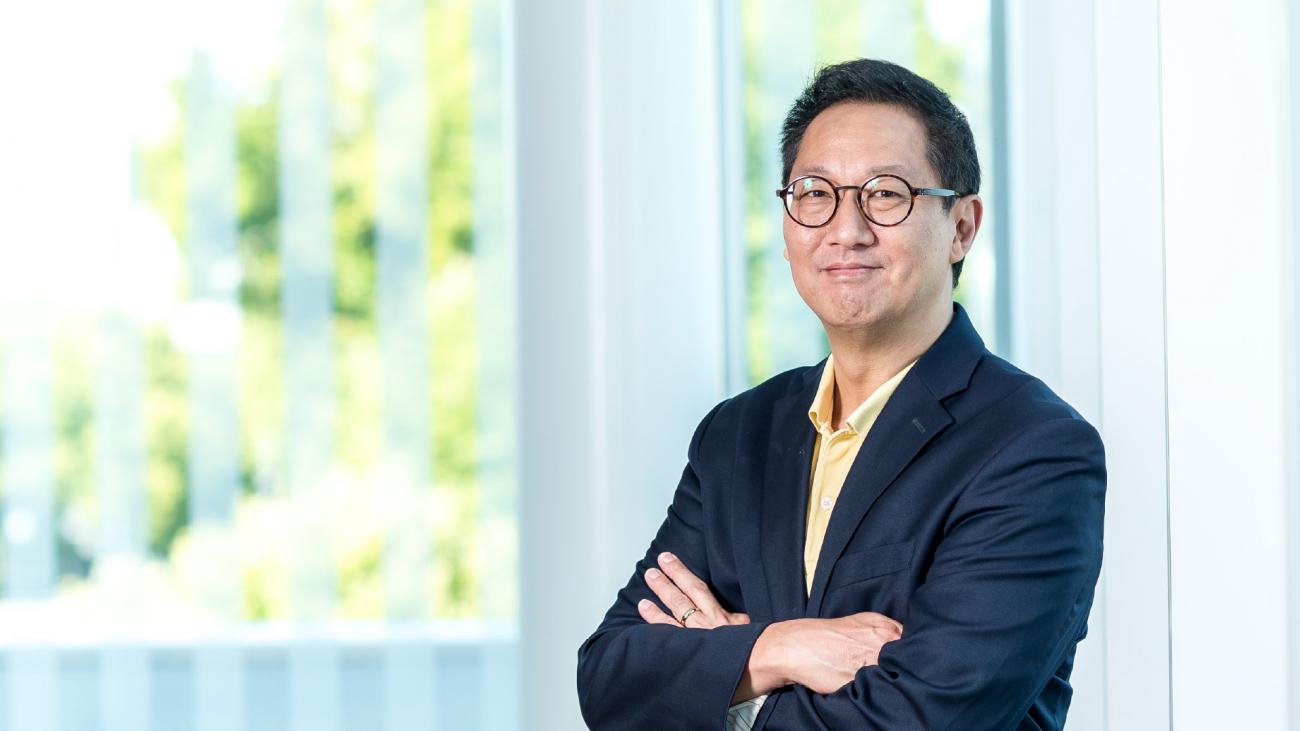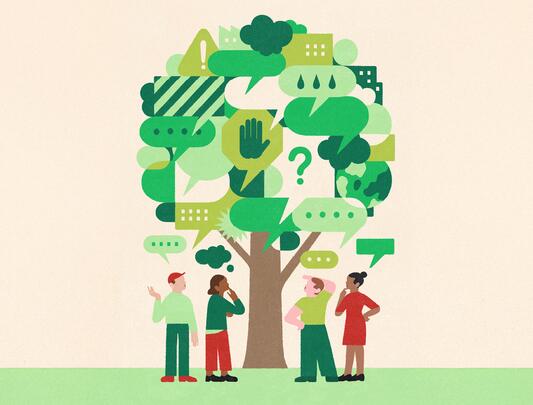The pandemic has given us the opportunity to rethink how we teach and learn
UBC President and Vice-Chancellor Santa J. Ono.
This issue of TREK looks at the future of work. And indeed, changes caused by the gig economy, remote work, outsourcing, automation, and other factors are having a profound impact on how people earn a living.
But it’s not only the future of work that’s in flux. Higher education is also in a period of heightened uncertainty, due in large part to the pandemic and the need to abruptly shift from in-person to online learning and teaching.
The changes to our teaching and learning activities brought about by COVID have been immense. As an institution, we have been through multiple cycles of having to rethink and redesign how we support the continuity of learning experiences for our students. The last 18 months have required remarkable and sustained individual and collective efforts, commitment, and resilience on the part of faculty, staff, and students. More recently, the academic community has turned its attention to how things will be different beyond COVID.
In April this year, while there were still many questions about the return to campus, we engaged a group of nearly 100 faculty, staff, and students in a conversation about what post-COVID learning and teaching could and should look like. What have we learned? What has worked (perhaps even better than we thought possible in pre-COVID times)? What has not? And what might work if we enact it under different conditions or with adjustments?
The move to online classes did bring increased flexibility, but how much of this flexibility do students want to retain in their learning in a “new normal”? Does this align with, or is it at odds with, the wishes of faculty and the needs of programs? What are the implications for faculty and student workloads? And what bearing will all of this have on our spaces (both physical and digital), our academic processes (for example, scheduling and degree requirements), and support staff?
The conversation is still ongoing, but some themes are emerging:
- A continued commitment to flexibility and compassion
- A genuine appetite for rethinking, redesigning, and enhancing the post-COVID learning and teaching future
- A hybrid future, blending both online and in-person experiences
- A deeper understanding of barriers to engagement
- The use of pedagogical goals to inform the adoption of technology tools
- New ways to create community and support students
The project will wrap up in December 2021 with a phase-two project report that highlights priority recommendations for implementation. The COVID-19 pandemic has given us the opportunity to rethink how we teach and how we learn. We will not let this opportunity go to waste.
